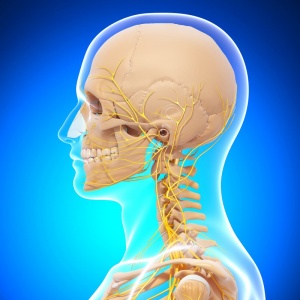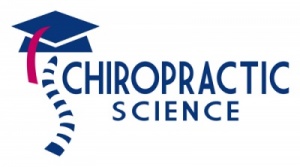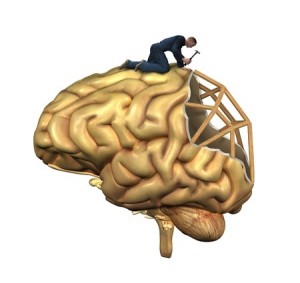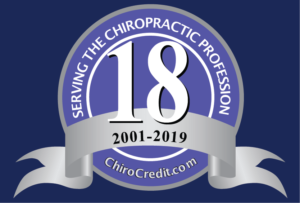 Subacute and chronic patients with MRI confirmed symptomatic disc herniation treated with spinal manipulation were statistically (and clinically) significantly more likely to report improvement at 3 months compared with the nerve root injection. This prospective cohort study had 104 patients, 52 patients treated with cervical nerve root injection (CNRI) and 52 patients treated with spinal manipulation by a chiropractor. Baseline numerical rating scale (NRS) pain data were collected. Three months after treatment, numerical rating score pain levels were recorded and overall “improvement” was assessed using the Patient Global Impression of Change scale. Responses that were “much better” or “better” were considered to be “improved.” The proportion of patients “improved” was calculated for each treatment method and compared. The NRS and NRS change scores for the 2 groups were compared at baseline and 3 months. Results showed that there was no significant difference in outcomes between acute patients treated with cervical nerve root blocks and those treated with spinal manipulation at 3 months. However, when comparing the 3-month outcomes for the subacute/chronic patients, more than 78% of patients treated with SMT reported clinically relevant improvement compared with 37.5% of patients receiving a single CNRI. There were no adverse events for patients in either treatment group and the cost of treatment was similar for the 2 treatment procedures.
Subacute and chronic patients with MRI confirmed symptomatic disc herniation treated with spinal manipulation were statistically (and clinically) significantly more likely to report improvement at 3 months compared with the nerve root injection. This prospective cohort study had 104 patients, 52 patients treated with cervical nerve root injection (CNRI) and 52 patients treated with spinal manipulation by a chiropractor. Baseline numerical rating scale (NRS) pain data were collected. Three months after treatment, numerical rating score pain levels were recorded and overall “improvement” was assessed using the Patient Global Impression of Change scale. Responses that were “much better” or “better” were considered to be “improved.” The proportion of patients “improved” was calculated for each treatment method and compared. The NRS and NRS change scores for the 2 groups were compared at baseline and 3 months. Results showed that there was no significant difference in outcomes between acute patients treated with cervical nerve root blocks and those treated with spinal manipulation at 3 months. However, when comparing the 3-month outcomes for the subacute/chronic patients, more than 78% of patients treated with SMT reported clinically relevant improvement compared with 37.5% of patients receiving a single CNRI. There were no adverse events for patients in either treatment group and the cost of treatment was similar for the 2 treatment procedures.
Reference: Peterson CK, Pfirrmann CW, Hodler J, Leemann S, Schmid C, Anklin B, Humphreys
BK. Symptomatic, Magnetic Resonance Imaging-Confirmed Cervical Disk Herniation Patients: A Comparative-Effectiveness Prospective Observational Study of 2 Age- and Sex-Matched Cohorts Treated With Either Imaging-Guided Indirect Cervical Nerve Root Injections or Spinal Manipulative Therapy. J Manipulative Physiol Ther. 2016 Mar-Apr;39(3):210-7.



